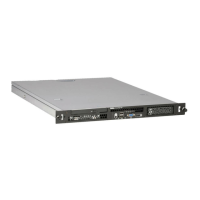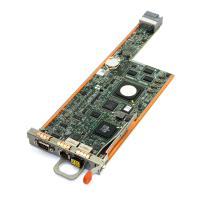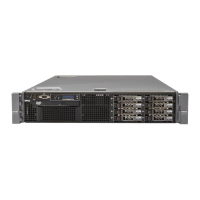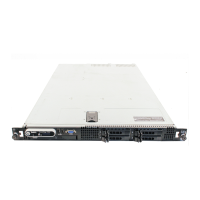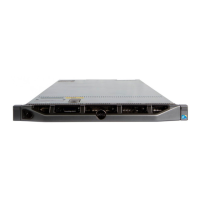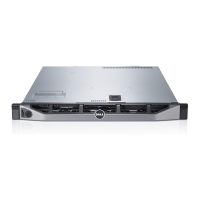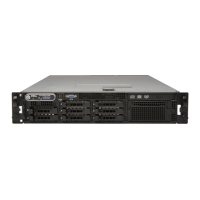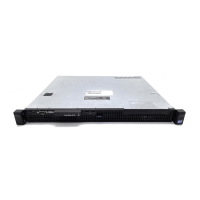32 PowerEdge R420 Technical Guide
The static rails (shown in Figure 9) support a wider variety of racks than the sliding rails but do not
support serviceability in the rack and are therefore are not compatible with the CMA.
Figure 9. Static rails
One key factor in selecting the proper rails is identifying the type of rack in which they will be
installed. Both the sliding rails and the static rails support tool-less mounting in 19”- wide, EIA-310- E
compliant square hole and unthreaded round hole 4- post racks. Both also support tooled
mounting in threaded hole 4- post racks, but only the static rails, as the more universal solution,
support mounting in 2- post (Telco) racks.
Table 19 lists the rack types that the R420 supports. The R420 is backward compatible with the R410
rails and CMA.
Table 19. Supported rack types
Product
Rail
Identifier
Mounting Interface Rail Type
Rack Types Supported
4-Post 2-Post
Square Round Thread Flush Center
R420
A7 ReadyRails II Sliding
X X
A8 ReadyRails Static
Other key factors governing proper rail selection include the spacing between the front and rear
mounting flanges of the rack, the type and location of any equipment mounted in the back of the
rack such as power distribution units (PDUs), and the overall depth of the rack. Due to their reduced
complexity and lack of need for CMA support, the static rails offer a greater adjustability range and a
smaller overall mounting footprint than the sliding rails.
For detailed information about static and sliding rails, see the Rack rail specifications section in
Appendix A. For more information on installing the R420 in a rack, see the
Rack Installation
Instructions
on Support.Dell.com/Manuals.

